1. Spinosaurus

Shutterstock
Spinosaurus was an apex predator and, perhaps, T-Rex’s biggest rival. This colossal carnivore, known for its distinctive sail-like structure on its back, was larger than T-Rex, reaching lengths of up to 59 feet. It lived in what is now Africa, and its unique adaptations made it a formidable predator. Unlike most theropods, Spinosaurus was an aquatic hunter, known to hunt in rivers and lakes. Its elongated jaws, filled with conical teeth, were perfect for catching fish, and its massive size made it a top predator in its ecosystem. If T-Rex had been around at the same time, it would have had to compete with this dominant and versatile hunter.
2. Giganotosaurus
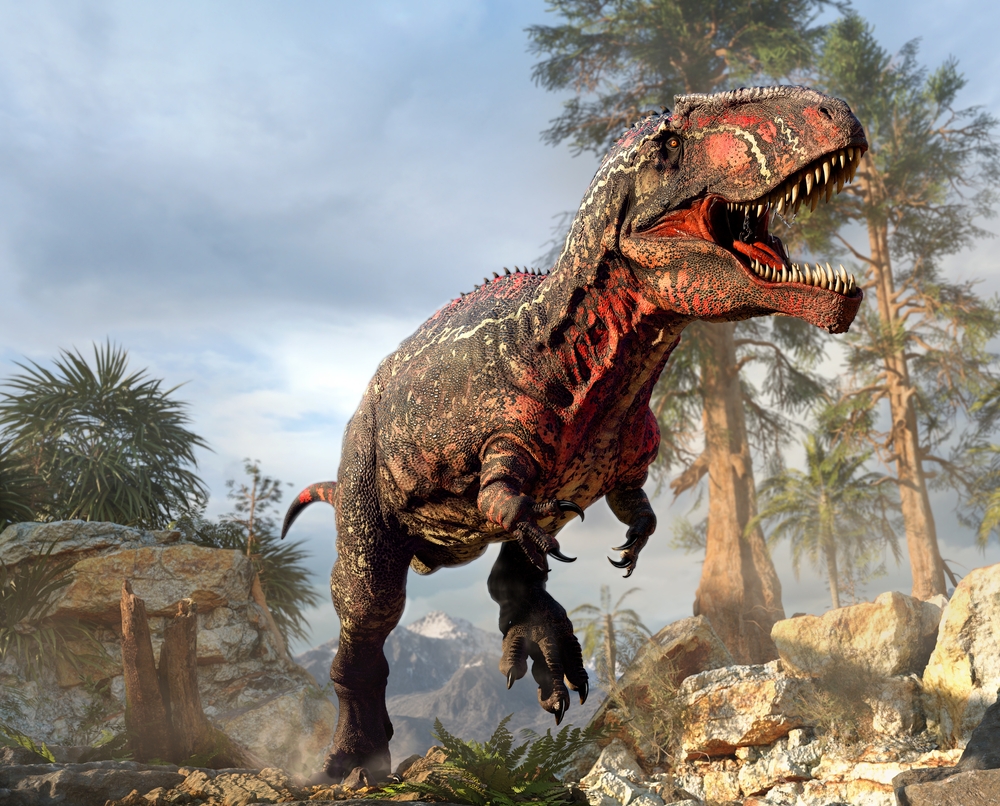
Shutterstock
Imagine a creature nearly the size of T-Rex, but with a slimmer build and even faster speeds. Giganotosaurus, a member of the Carcharodontosauridae family, lived during the Late Cretaceous period in what is now Argentina. This 40-foot-long dinosaur weighed up to 8 tons, making it a formidable contender for T-Rex’s reign. Its sharp, serrated teeth were perfect for tearing through flesh, and it was likely one of the fastest carnivores of its time, outpacing T-Rex in a chase. Giganotosaurus would have been a relentless rival, constantly challenging the T-Rex’s dominance.
3. Carcharodontosaurus

Shutterstock
Carcharodontosaurus, often referred to as the “shark-toothed lizard,” was a terrifying predator that lived in what is now Africa during the Cretaceous period. With a length of up to 43 feet and a mouth full of serrated teeth, it was capable of taking down large prey with ease. This dinosaur’s massive head and powerful bite were rivaled only by T-Rex itself. The sheer strength and predatory instincts of Carcharodontosaurus would have kept T-Rex on its toes, especially when it came to territory disputes in the prehistoric world.
4. Saurophaganax
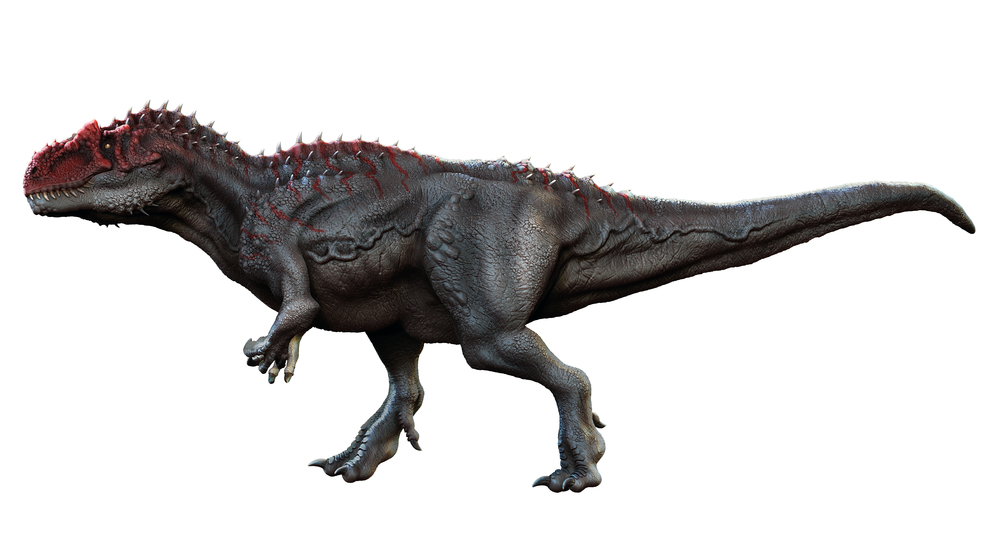
Shutterstock
Living during the Late Jurassic period, Saurophaganax was a predator that could have easily intimidated T-Rex if they’d ever crossed paths. With a length of over 30 feet and weighing about 2 tons, Saurophaganax was a top carnivore of its time, hunting large prey with precision. It had a massive skull filled with sharp teeth, designed for grasping and ripping flesh. Though it lived millions of years before T-Rex, Saurophaganax’s predatory abilities would have made it a formidable opponent in any dinosaur showdown.
5. Allosaurus

Flickr
Allosaurus was a fearsome predator that lived during the Late Jurassic period and was one of the largest carnivores of its time. At 30 feet long and with a mouth full of sharp, serrated teeth, it was well-equipped to hunt large herbivores like stegosaurs and sauropods. Though it lived before T-Rex, its speed and agility made it an efficient predator, capable of outmaneuvering larger competitors. Its ability to hunt in packs also gave it an edge over solitary predators like T-Rex. If T-Rex had met Allosaurus on the hunt, it might have found a formidable challenger in this early carnivore.
6. Deinonychus

Wikimedia Commons
Deinonychus was a smaller but highly dangerous predator that could have made T-Rex’s life difficult. This agile, swift dinosaur lived in North America during the Early Cretaceous period and was about 11 feet long. Known for its large, sickle-shaped claws on its feet, Deinonychus was a highly effective hunter. It likely hunted in packs, using coordinated strategies to take down larger prey. While it may have been much smaller than T-Rex, its speed and teamwork could have overwhelmed the much larger predator, making it a nightmare for T-Rex if it encountered one of these packs.
7. Tarbosaurus

DeviantArt
Closely related to T-Rex, Tarbosaurus was a formidable predator that lived in what is now Mongolia. Similar in size and appearance to its famous relative, Tarbosaurus could grow up to 33 feet long, making it a fearsome competitor. Though T-Rex was likely more powerful, Tarbosaurus was highly adapted to the harsh environments of the Late Cretaceous in Asia. With its sharp teeth and keen hunting instincts, Tarbosaurus would have been a serious contender for the title of apex predator, constantly vying for dominance in its region.
8. Baryonyx
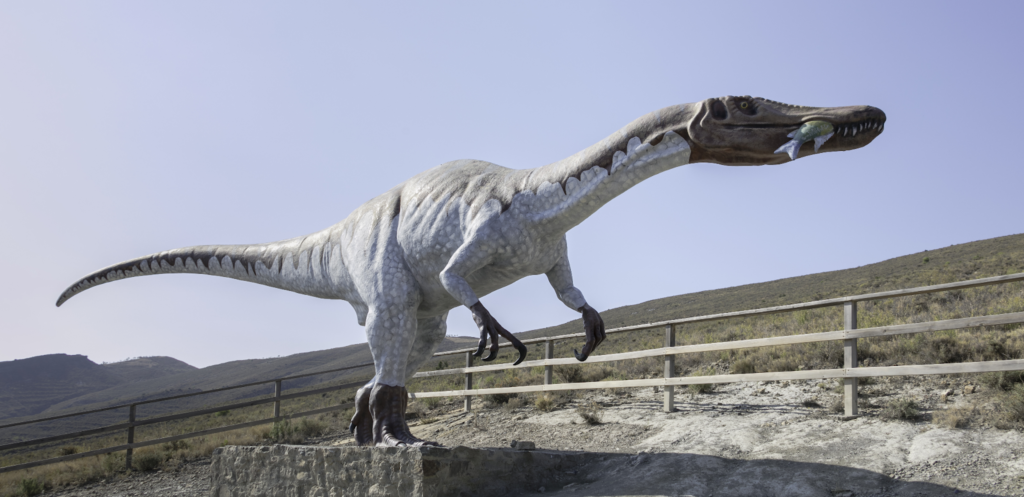
Wikipedia
Baryonyx was a large, fish-eating theropod that lived during the Early Cretaceous period. It was equipped with long claws, ideal for catching fish and small dinosaurs, and it had a long, narrow snout resembling that of a crocodile. At around 30 feet long, Baryonyx was a dangerous predator, especially in aquatic environments. If T-Rex ever ventured near water, Baryonyx’s hunting skills could have made it a terrifying presence, as it was well-adapted to hunting in rivers and lakes, unlike T-Rex, which preferred the land.
9. Megaraptor
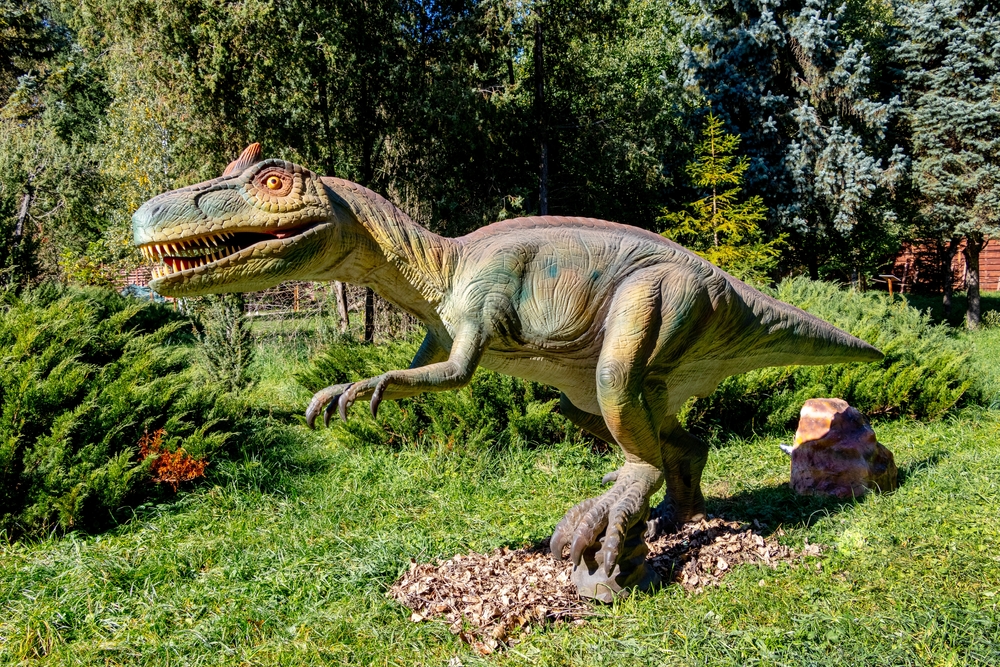
Shutterstock
Megaraptor, a giant theropod from South America, lived during the Late Cretaceous period and was one of the largest carnivores of its time. Growing up to 30 feet long, it had long, slender limbs with massive claws that it used to capture and subdue prey. The Megaraptor’s agility and speed, paired with its sharp claws, made it an effective predator. Its long forelimbs and powerful bite would have made it a formidable rival for T-Rex, particularly in its ability to attack quickly and efficiently.
10. Ceratosaurus
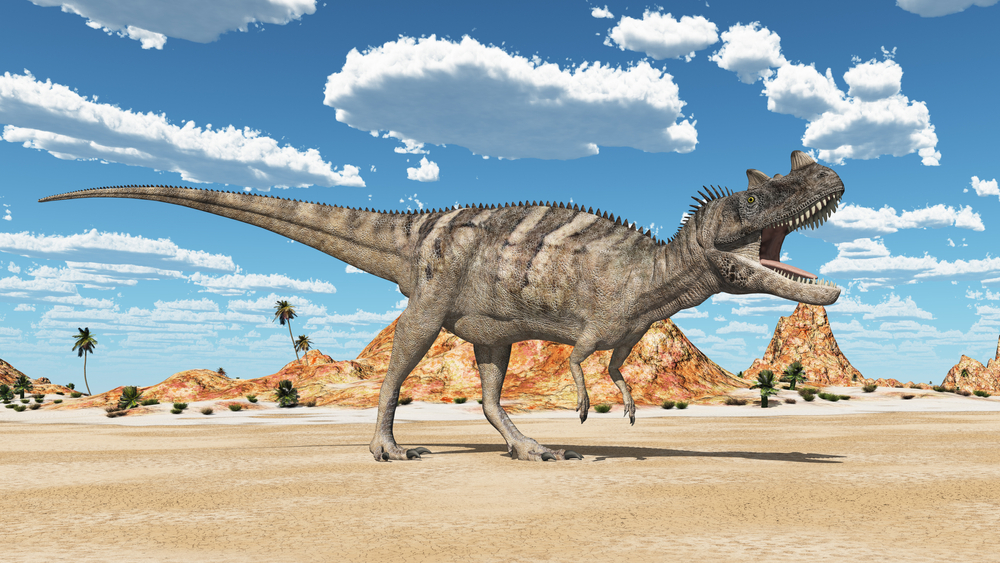
Shutterstock
Ceratosaurus was a medium-sized theropod that lived during the Late Jurassic period, and although it wasn’t as large as T-Rex, it was a fierce predator in its own right. It had a distinctive horn on its nose, which may have been used in mating displays or combat. Growing up to 20 feet long, Ceratosaurus had a powerful bite and sharp teeth, enabling it to take down large herbivores. It was also highly agile, which allowed it to outmaneuver larger, slower dinosaurs like T-Rex in certain situations.
11. Camarasaurus
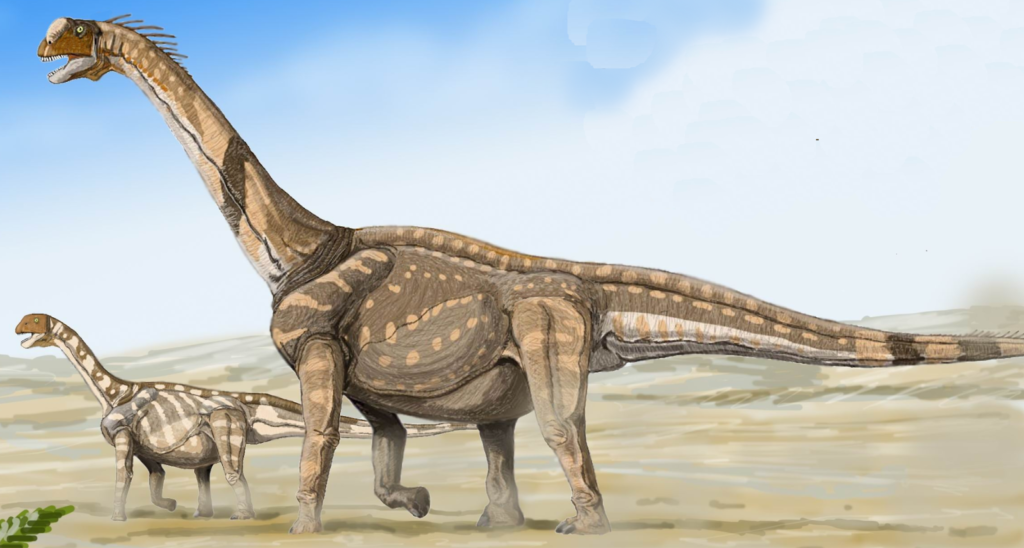
Wikimedia Commons
While Camarasaurus wasn’t a predator like T-Rex, its sheer size and strength could have made it a challenge to the tyrant king. This large sauropod, which grew up to 60 feet in length, was an herbivore with a powerful build. Its bulk would have made it difficult for smaller predators to bring down, and its ability to defend itself with swift kicks could have been a serious threat to any predator, including T-Rex. In the battle for survival, even herbivores like Camarasaurus had their own ways of fighting back.
12. Therizinosaurus
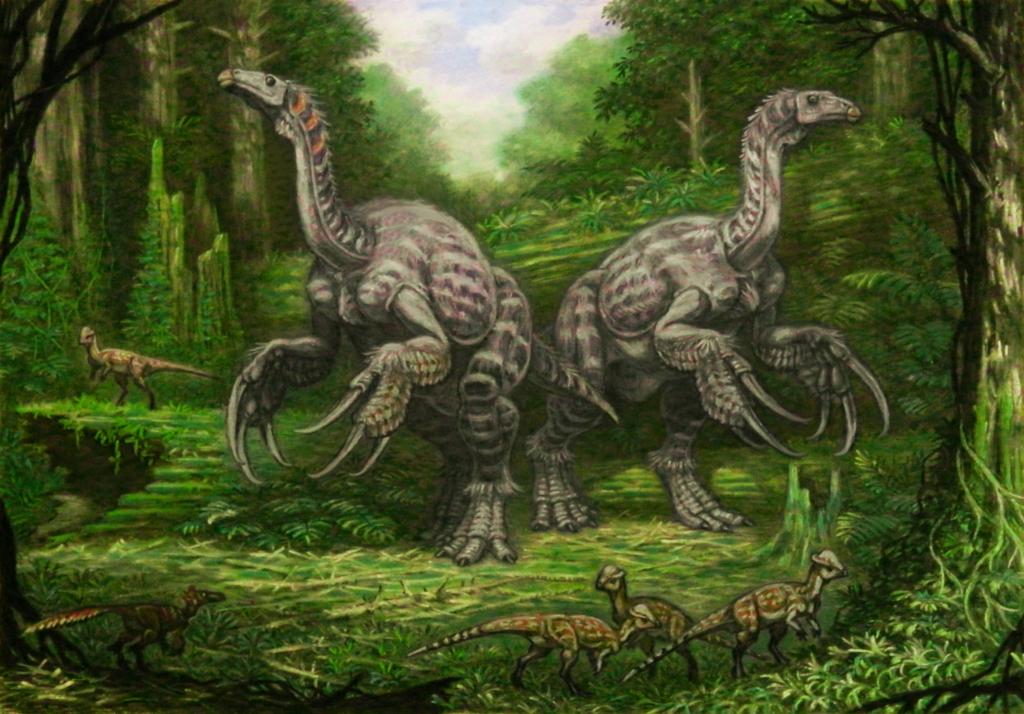
Wikimedia Commons
Therizinosaurus was a bizarre and terrifying dinosaur that lived during the Late Cretaceous period. With long, scythe-like claws that reached lengths of over 3 feet, it was one of the strangest theropods to ever exist. Though it was primarily herbivorous, its claws were so large and sharp that they could easily cause serious damage to any potential threats. Despite being much slower than T-Rex, its powerful arms and claws would have made it a formidable adversary. If the two ever crossed paths, T-Rex would have had to contend with these terrifyingly long limbs.


